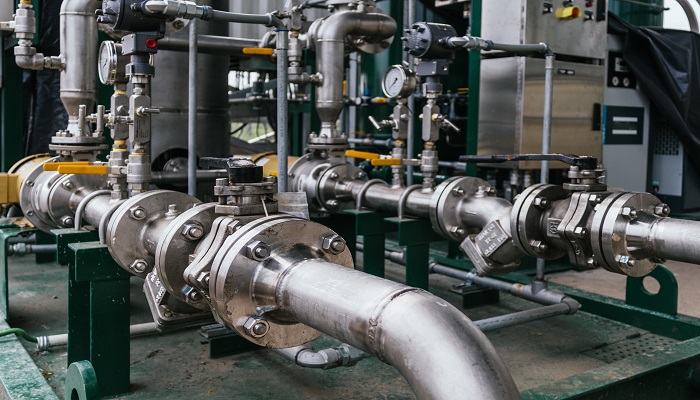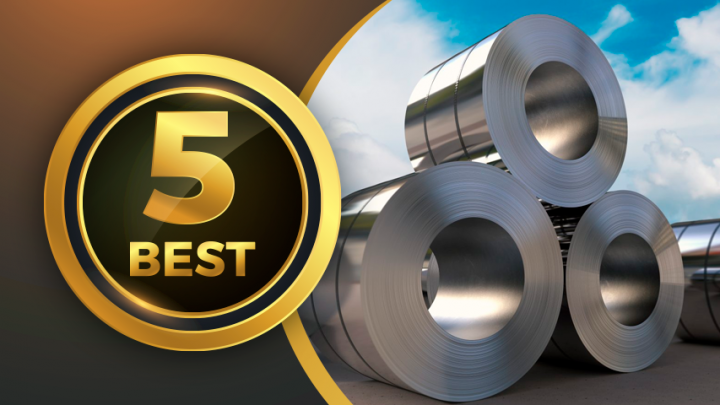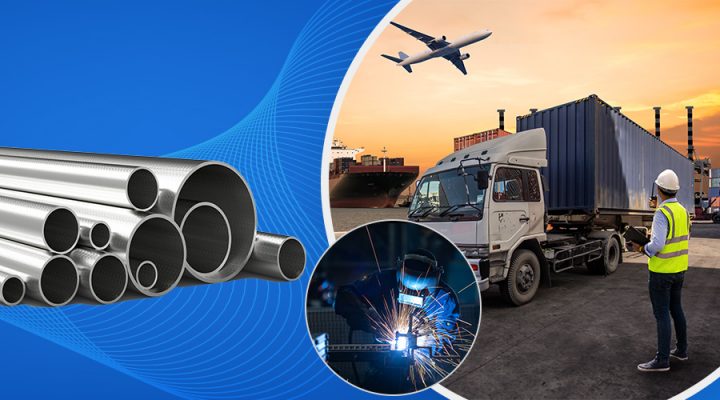Valves have changed the way industries function. They have given manufacturers the power to control the flow of liquid, gasses or any fluidized solid. But this puts immense pressure on you, the industrial valves manufacturers and valve suppliers you have to up your ante and keep fulfilling the needs of various industries.
Industries such as Chemical, Power, Metalworking, Oil and Gas, and others have grown massively in the last few decades. And this is all because of technical evolution. Something as small as a valve has a huge contribution to the making of the world we see today. And there is no end to this. We need to keep pushing forward and keep coming up with new ideas and valve designs to fulfill them. And to help you in that course, we have brought you six valve design trends that you would not want to miss out on.
- Control Valves
Control valves are widely used in the Oil and Gas industry. The market is expected to grow to a massive $10.6 Billion by 2025; the control valves manufacturers are all set to touch new heights in the industry vertical. They are helping the Oil and Gas industry in the refinery automation and controlling the entire process much more precisely than ever before.
You would be seeing more of sliding stem control valves and rotating shaft control valves as of trends. The rotating shaft control valve is expected to increase the control valve manufacturers’ market reach in the power, water and chemical industry.
- Smart Valves are receiving huge adaptation
Industrial valve manufacturers are focusing on automation too. And valves with embedded processors and networking capabilities are receiving huge traction in the market. It is a good way to start if you are looking forward to penetrating the electrical and water industries.
These valves allow plants to control the flow from a central control station, giving a tough fight to the industry standard electro-hydraulic control systems. The smart valves also prevent the damage and blockage of the pipeline network.
- Growth in automatic valve demand
The valve design process involves getting a deeper understanding of the valve’s application in a particular industry. Every industry has a criterion for choosing a particular valve design. People look into the leak rate, safety requirements, work nature, and so much more. As an industrial valve manufacturer, you have to keep a particular industry in mind while design and developing a valve.
You must add value to your customer life and bring more scalability in operation. And automatic valves have been able to achieve that. They are leak-free, standard valves that meet the emission and safety requirements of various industries. They use an electrical, hydraulic, solenoid, digital, and pneumatic mechanism to meet a particular industry’s requirements. Also, the maintenance of these valves is much easier as it would not hinder the plant’s usual working.
- Electronics
Digital electronics with powerful processors have made their debut in the valve industry too. They have a decentralized working mechanism on the component level. For example, hydraulic valves are seen using electronics in them, which has helped improve the efficiency of the valve all along. It helps in establishing a direct connection with the field bus system. Industry is more and more looking forward to the valve suppliers that offer this modern valve design.
- High-performance Globe Valves
Factors involved in accessing a valve’s performance are flow capacity, noise pressure drops, cavitation, working mechanism and others. Industries are looking for products that stand right on these factors for optimal operations.
Some of the industrial valves manufacturers in India have achieved that in globe valves. Incorporation of new features such as non-rotating stem globe design, seat arrangement, seal-wielding of threaded seat ring and guided disc arrangement has enhanced the sealing performance of the valve and a lot of manual work eliminated.
- Increased use of simulation software
3D simulation software is being used to analyze and test the solutions. Now you don’t have to build a product and test it multiple times to conclude. You can test multiple designs and prototypes using software and reduce your research cost.
These are efficient software that helps in the development of high-quality products that are secure and reliable. SimScale is one of those cloud-based platforms you can use.
Wrapping Up
These were six major trends in valve design and manufacturing that can help you stay on your domain’s bleeding edge.
Are you looking for industrial valve suppliers? Discover industry-leading industrial valve manufacturers with years of knowledge, expertise and top-notch product line to meet your industry needs, just at Enggpro.



